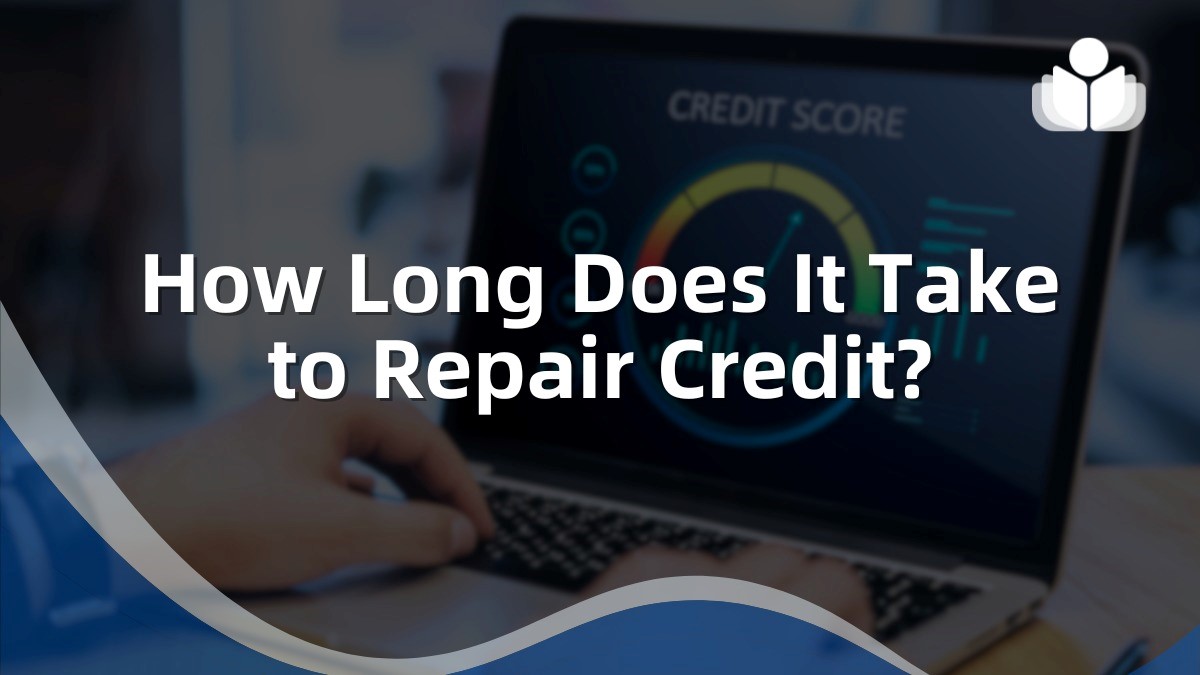Negative marks can remain on your credit report for seven to ten years, but if you’re struggling with financial management, there’s no need to panic.
Many people experience challenges at some point, whether it’s missing a payment, paying bills late, accumulating credit card debt, or even facing foreclosure. If you’re dealing with any of these issues, you might be concerned about how long they’ll appear on your credit report.
While seven years is the standard duration for these events to stay on your report and affect your credit score, the impact can lessen over time, and the duration may sometimes be shorter. As time goes by, the influence of these negative marks typically decreases.
Keep reading to learn more about what can affect your credit score, how long it may take to recover, and strategies for managing your finances responsibly to help improve your score.
Credit Issues: How Long Do They Linger?
Negative factors like late payments and foreclosures can remain on your credit report for a significant period, typically around seven years.
Bankruptcy is an exception to this rule, as it can stay on your credit report for up to 10 years, depending on the type. Chapter 7 bankruptcies can be reported for up to 10 years from the filing date, while Chapter 13 bankruptcies are usually reported for seven years.
While a late payment will be noted on your credit report for seven years, its impact decreases over time. For example, a missed payment last month will significantly affect your credit score more than one that occurred four years ago.
How Long Does It Take For Your Credit Score to Go Up?
Factors
Typical Credit Score Recovery Time
Bankruptcy
7-10 years
Late payment
Up to 7 years
Home foreclosure
Up to 7 years
Closing a credit card account
3 months or longer
Maxing out a credit card account
3 months or longer, depending on how quickly you repay your debt
Applying for a new credit card
3 months typically
How Credit Scores Work (and How To Fix Yours)
A credit score is a numerical assessment that gauges an individual’s creditworthiness. These scores assist lending institutions in determining whether they’re willing to take the risk of extending credit to you, whether it’s for a mortgage, an auto loan, or even renting an apartment.
The two primary credit scoring models are VantageScore and FICO Score. These models evaluate various factors, including payment history, amounts owed, length of credit history, credit utilization, credit mix (i.e., the variety of loans you have), balances, and new credit.
However, it’s important to understand that these factors are weighted differently depending on the lender’s criteria.
Even the three major credit bureaus, Experian, TransUnion, and Equifax, calculate credit scores differently. One bureau might include information that another does not, partly because these agencies do not share data with each other.
- Despite these differences, there are some universal principles when it comes to improving your credit score:
- Payment history is the most critical factor in determining your creditworthiness. Negative items like missed or late payments, bankruptcies, or accounts sent to collections have the greatest impact.
- The second most significant factor is credit utilization rate, which is typically expressed as a percentage and reflects the amount you owe relative to your credit limit.
- You can only dispute incorrect or fraudulent information on your credit report; the rest is up to the credit bureau’s judgment.
Dispute False Information or Fraudulent Charges
The Fair Credit Reporting Act (FCRA) grants consumers the right to dispute information on their credit reports. This process involves sending a detailed dispute letter to one or all of the three major credit bureaus.
Lower Your Credit Utilization Ratio
Your credit utilization rate shows the percentage of available revolving credit you’re using. For instance, if you have a credit limit of $10,000 and owe $2,000, your credit utilization rate would be 20%. Unlike some other negative factors, improving your credit utilization rate can have a quick positive impact on your credit score.
A utilization rate of 30% or less is ideal, but if you regularly use multiple credit cards, your ratio might be higher.
Tips to Lower Your Credit Utilization Rate:
- Pay your credit card balance early: This ensures that part of your balance is paid off before your credit issuer reports it to the credit bureaus.
- Reduce credit card spending: If making on-time payments is challenging, consider using debit cards and cash more frequently. This approach helps lower your utilization rate as you pay down credit card debt.
- Consider a personal loan: Transferring your debt to an installment loan can improve your credit by reducing your credit utilization rate. However, if you have poor credit, the interest rate on the loan may not be favorable.
Strategy to Destroy Debt
Having a plan is essential when it comes to paying off debt. While using a credit card can help build your credit history, irresponsible use can lead to debt that’s challenging to pay off.
Additionally, high credit card debt can negatively affect your credit score, especially if your credit utilization ratio exceeds 30%. To rebuild your credit after encountering negative factors, it’s wise to implement a debt repayment strategy.
Your financial situation and personal circumstances will largely determine the best debt repayment plan for you.
Don’t Close Your Old Accounts
Building a credit history is essential for establishing good credit, as it demonstrates to lenders your ability to make timely payments.
Account age alone contributes to 15% of your FICO score. Closing unused credit accounts with a $0 balance can actually raise your credit utilization rate, which could harm your credit score.
Since credit utilization measures the amount of credit you’re using against your total available credit, closing an old account reduces your available credit. This, in turn, increases your credit utilization ratio.
If you believe you can resist the temptation to use those old accounts, it’s generally better to keep them open.
Use a Secured Credit Card or Credit-Builder Loan
Secured credit cards are among the best tools for rebuilding credit. These cards require an upfront cash deposit that matches the credit limit, which the lender can use to cover any late or missed payments.
Using a secured credit card works similarly to using a debit card, but with the added benefit that your activity is reported to the credit bureaus, which can positively impact your credit score.
Another option is a credit-builder loan, which is designed for individuals with low or no credit scores. Instead of receiving the loan amount upfront, the funds are deposited into a secured account, and you make installment payments toward it. Depending on the terms, you’ll either gain access to the money in increments as you make payments or receive the full amount once the loan is fully paid off.
How to use a secured credit card or credit-builder loan:
- Check if your bank offers a secured credit card or credit-builder loan. Many major banks, like Bank of America, Citibank, and CapitalOne, offer secured credit cards. Credit-builder loans are typically available through smaller institutions, such as credit unions, online lenders, or community banks.
- Ensure you have the necessary cash for the security deposit. Secured credit cards generally come with a low credit limit, so you should be prepared to rely on other payment methods in addition to your credit card.
Report Rent, Utility, & Phone Service Payments
Some credit bureaus consider regular payments towards services as indicators of your creditworthiness. For instance, Experian offers a free service called Experian Boost, which allows users to report certain recurring payments, such as phone, utility, and rental bills, as well as some subscription services like Netflix and Hulu.
This service provides a valuable opportunity to build a positive payment history, wherever possible, through a trusted and secure provider.
While other services offer affordable ways to report bills for credit building, Experian Boost stands out because it’s free and directly provided by a major credit bureau.
The Bottom Line
Your credit score is one of your most valuable assets. It allows you to finance major purchases like a home or car, secure student loans for education and career advancement, and more.
However, even an excellent credit score can be quickly damaged by missed payments or the impact of a scam.
Safeguarding your credit and personal information is crucial for long-term security. That’s why Aura offers comprehensive protection, combining three-bureau credit monitoring and instant security alerts with a range of robust digital safety features.
These include award-winning identity theft protection, internet and device security tools, parental controls, 24/7 fraud resolution support, and up to $1 million in identity fraud insurance.
 Sections of this topic
Sections of this topic
















